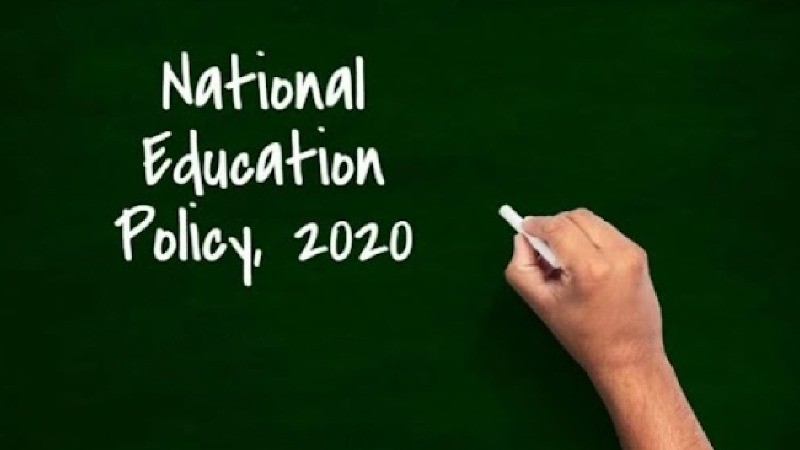
India introduced the National Education Policy (NEP) 2020 to improve schools and learning. It was the first big change in more than 30 years. But after four years, many of its important ideas have not been put into action.
This delay is a big problem because school learning levels are still very low. According to a report from ASER 2022, even though many children go to school, they are not learning well. About 80 per cent of third-grade students cannot read at a second-grade level, and 75 per cent cannot do simple subtraction with two-digit numbers. Even in eighth grade, many students still struggle with basic skills.
But education is not the only concern. Student safety is also a growing problem. Some schools have poor buildings, and many students face bullying or other dangers. If children do not feel safe in school, how can they learn properly? These serious problems need big changes, not just small fixes.
The Problem with School Rules
One of the biggest challenges in India’s education system is how schools are judged. Right now, most schools are checked based on their buildings and money rather than the quality of education they provide. The NEP wants to change this by creating a new independent group called the State School Standards Authority (SSSA). This group would set rules for both education and safety in schools.
The idea behind SSSA is simple with three points:(1) Set clear rules for schools (2) Check how well students are learning and (3) Share this information with the public
If done properly, this will help parents choose the right school for their children and push schools to improve. The best schools will be rewarded, and the weaker ones will get help to do better.
A Big Problem in the System
Right now, the Department of Education (DoE) controls both government and private schools. This creates a problem. While private schools must follow strict rules, government schools often do not meet basic standards but still continue to operate.
The NEP suggests that the SSSA should take over the job of checking schools instead of the DoE. This will allow private schools to grow without unnecessary rules, while the government can focus on improving its own schools.
Why Change is Slow
Even though SSSA is a good idea, its launch has not been smooth. The central government put the CBSE in charge of central schools, while some states gave the job to their exam boards. But for this plan to work, SSSA must be independent and free from political influence.
Experts believe that SSSA must be set up through a strong law, with clear rules and powers. It should have control over both government and private schools and include teachers, parents, and child safety experts in its decisions. All its work should be transparent so the public knows what is happening.
Learning from the Past
India has made mistakes in education before. The Right to Education (RTE) Act of 2009 was a great plan, but it failed in many ways because it was not carried out well. Even today, many schools do not follow RTE rules. The SSSA must learn from these mistakes, set realistic goals, and ensure that school budgets are open for everyone to see.
A Better Future for India's Children
India has 18 per cent of the world’s children, and their success depends on good education. The NEP has rightly focused on governance as a major issue, and SSSA can help fix it. But plans alone are not enough—they need to be put into action.
India must take quick steps to improve schools, focusing on real classroom changes instead of just paperwork. If we truly want world-class education for our children, we must act now.